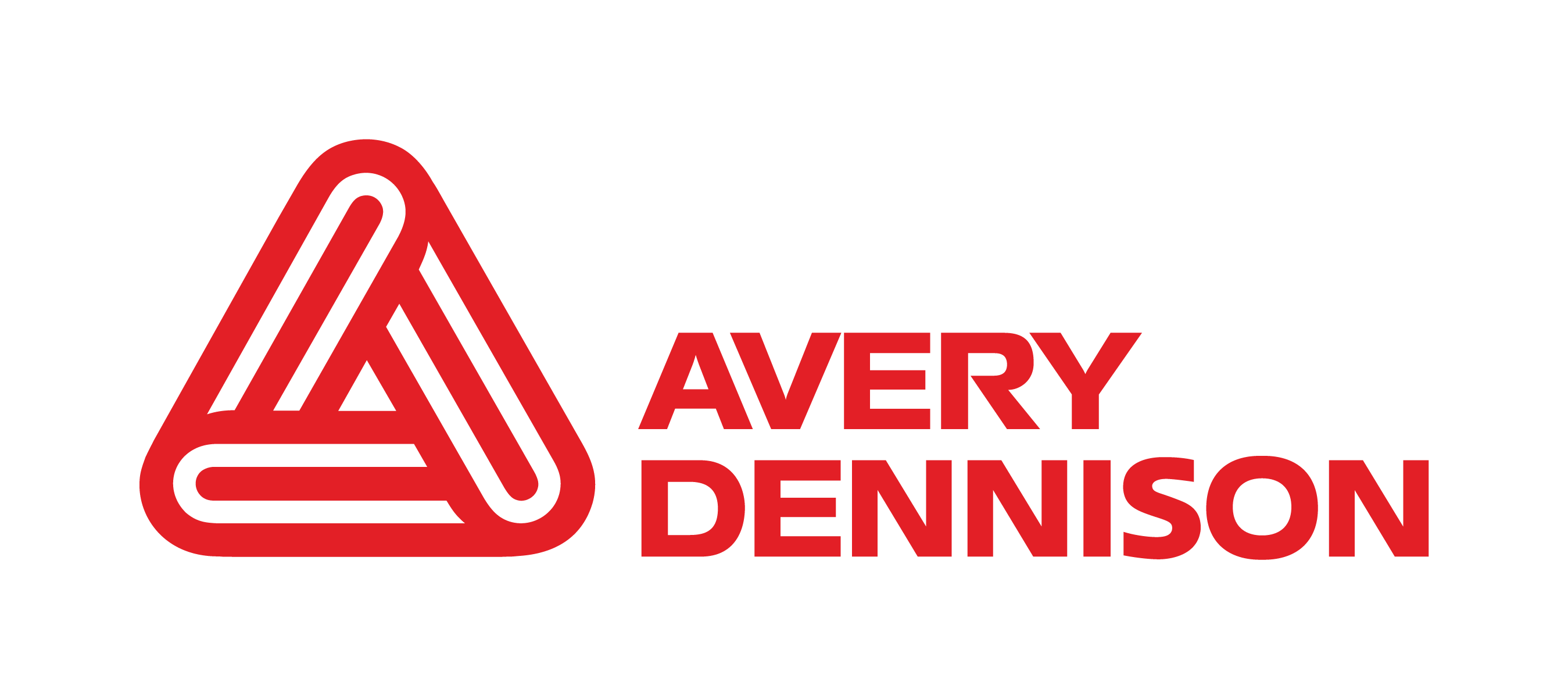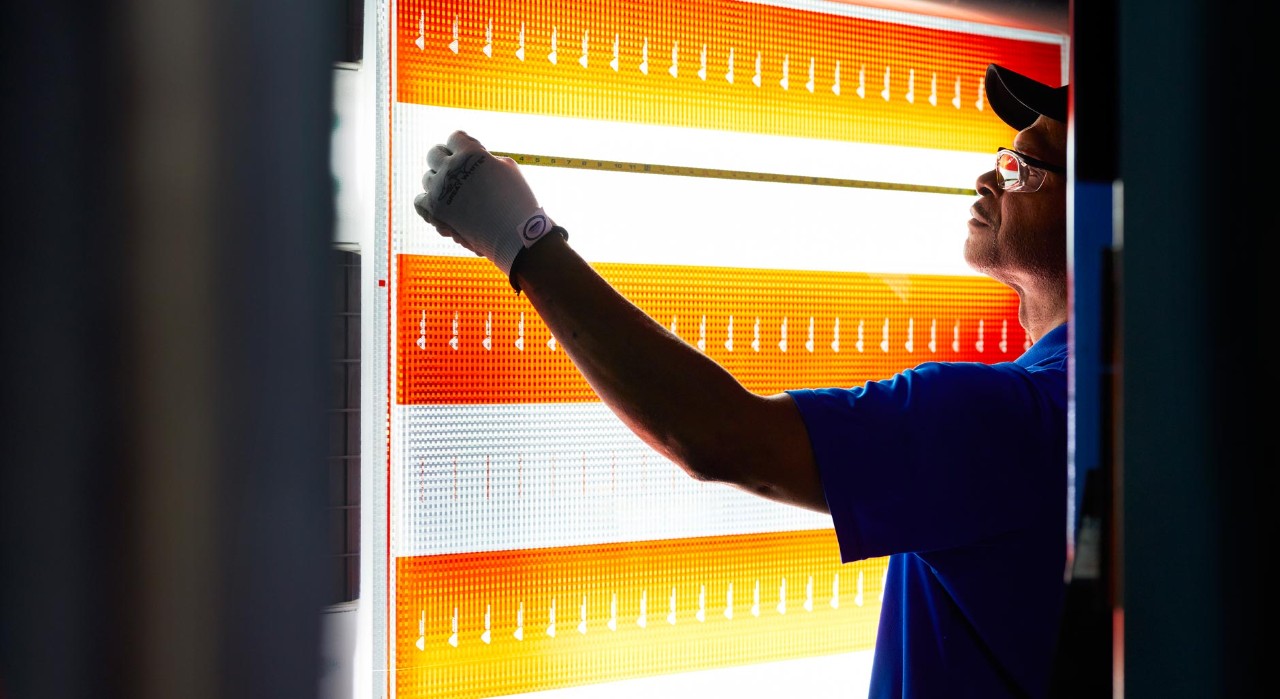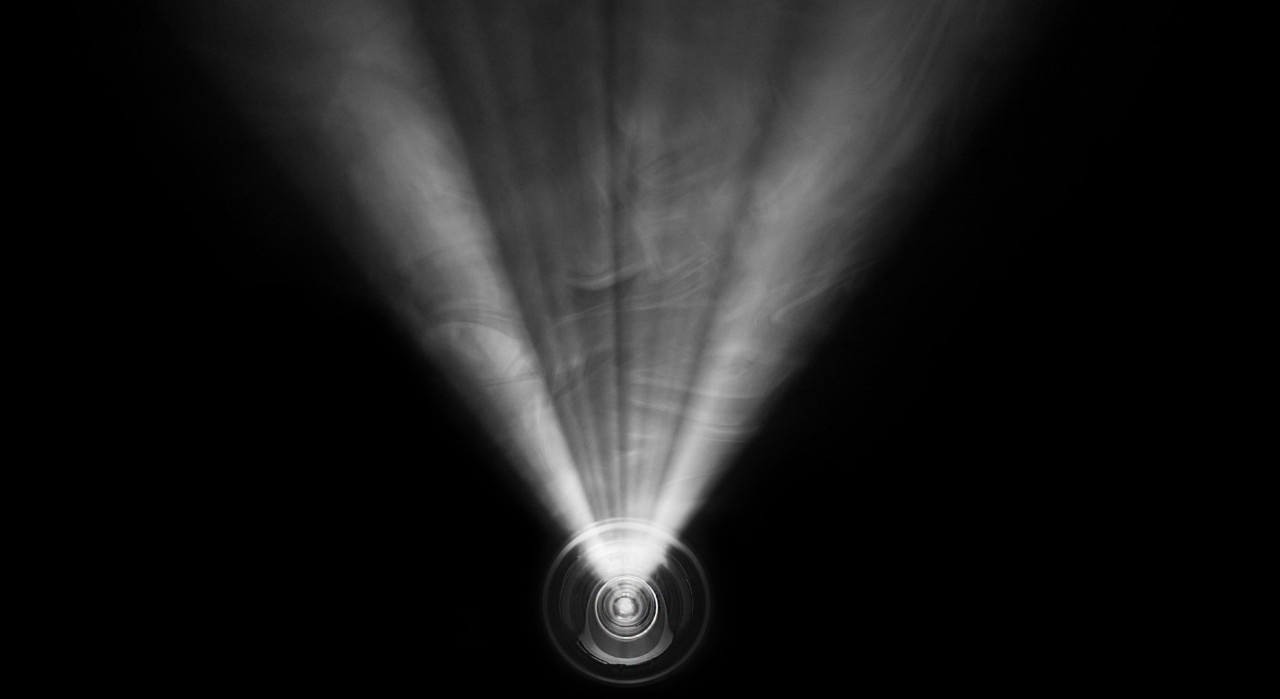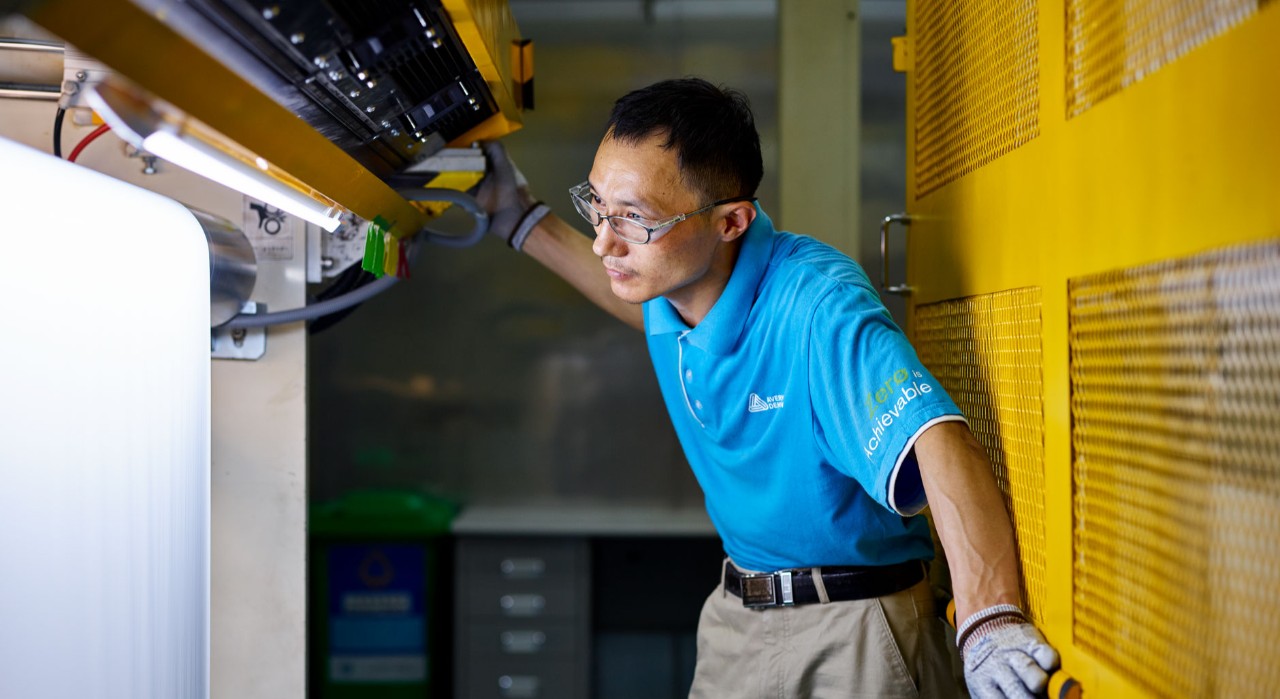There are a lot of sign sheeting standards around the world. One that many specifying bodies refer to within their requirements is ASTM D4956. ASTM standards are typically developed by members of industry, government, academia, trade groups, consumers, and other subject matter experts with a vested interest in a particular standard.
The scope of ASTM D4956 gives a quick overview of the document and its purpose. It states what the document is intended for, and some of the things it is not intended for, which are all important to note. ASTM D4956 “covers flexible, non-exposed glass bead lens and microprismatic, retroreflective sheeting designed for use on traffic control signs, delineators, barricades, and other devices.” The scope goes on to say that ASTM D4956 does not cover inks, overlays, or other ways traffic control devices are made. It also states that even though D4956 covers photometric requirements for retroreflective sheeting, “minimum performance requirements for in-service signs or other devices are outside the scope of this document.” In other words, for reasons we will explain in more detail in the next two chapters, ASTM D4956 is a quality control standard for only one component of a finished traffic control device; the retroreflective sheeting.
With that said, ASTM D4956 is still referred to globally because it has been around since 1990. Now on it’s 17th revision (ASTM D4956-19--the 19 indicating 2019), it does a good job of balancing the needs of all stakeholders involved in its publication, including end users, sheeting manufacturers, sign fabricators, equipment producers, and testing labs. ASTM D4956 is also a detailed specification that covers retroreflectivity, color, durability, certain physical properties, adhesion, and more.
ASTM D4956 predominantly uses retroreflectivity properties to categorize sheeting into different “types”. For example, if the retroreflective elements of a new sheeting are designed to send light back to smaller observation angles, that sheeting may be categorized as a different “type” than a sheeting with retroreflective elements that excel at large observation angles, even if the two products are identical in every other way (truncated cube, construction, durability, color, etc.) Other reasons, such as a sheeting’s construction or intended uses, may be used to add a new type, though historically, even in those cases, retroreflective properties have been used to distinguish the material.
Additionally, ASTM types are added as new products are introduced in the market. The types and their requirements are not necessarily related to driver’s needs, but rather some of the distinct ways sheeting manufacturers can make sheeting that they believe has traffic control applications. A higher type is not necessarily better, just different. For example, the retroreflectivity requirement of Type VIII at an entrance angle of -4°, and an observation angle of 0.2° is 700, while the same requirement for Type XI sheeting is 580. However, Type VIII sheeting typically uses truncated prisms, while Type XI uses more efficient full cube prisms. Ultimately, it is somewhat of a judgment call by the voting members of the ASTM committee to decide if a new type would benefit the users of the document, and it is the responsibility of traffic engineers to decide which type is suitable for their road designs.
The retroreflectivity requirements of ASTM D4956 are expressed in terms of the coefficient of retroreflection (RA). We will cover how RA is calculated in Chapter 6. Additionally, the definition of the measurements and how they are taken and calculated are covered in great detail in ASTM E808, E809, and E810. For example, ASTM E809 defines the various geometries that we discussed in Chapter 4.1, while E810 focuses more on the equipment that should be used, how measurements should be taken, and the acceptable tolerance on measurements. ASTM D4956 references those documents (and many more) when outlining its requirements.


 Each of the retroreflectivity tables are structured in the same way. The first column on the left is the observation angle. As discussed in
Each of the retroreflectivity tables are structured in the same way. The first column on the left is the observation angle. As discussed in 
